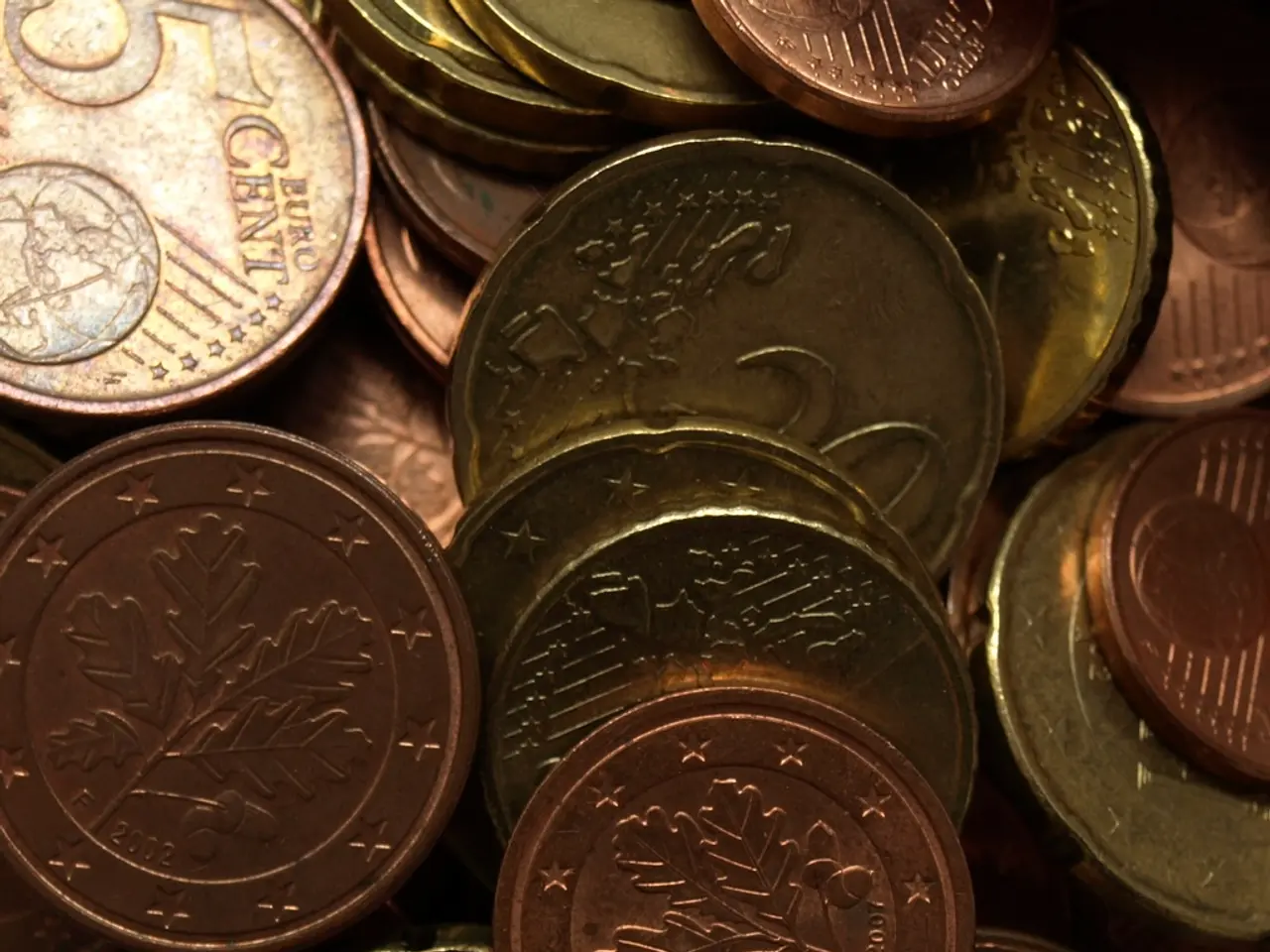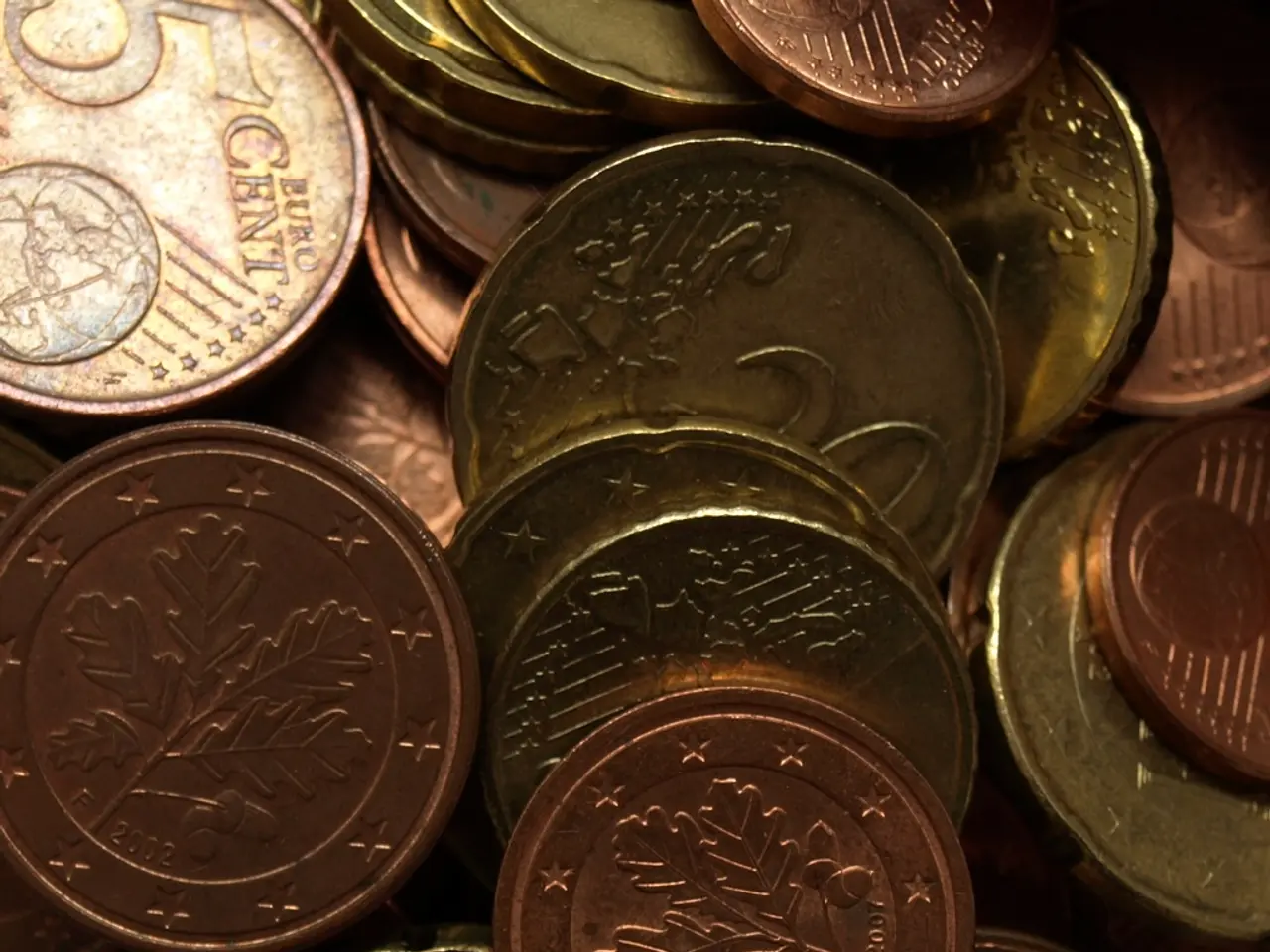Market Capitalization of USDT Falls Post MiCA Initiative Enactment
The EU's MiCA regulation, effective as of December 30, has brought about a seismic shift in the digital asset market, particularly for large stablecoin issuers such as Tether. This new regulation aims to create a unified regulatory framework across all EU member states, impacting stablecoins categorised as asset-referenced tokens (ARTs) or e-money tokens (EMTs).
Tether, projected to earn around $10 billion in profits this year, is one of the key players under the spotlight. In August, its CEO, Paolo Ardoino, criticised MiCA, describing it as a "systemic risk" not only to stablecoins but also to the banking system. However, Tether is not expected to face significant financial consequences due to a potential EU exit.
MiCA imposes stringent compliance, transparency, and supervisory requirements on large stablecoin issuers like Tether. These provisions mean that Tether and similar issuers must adapt their business models, internal controls, and reporting mechanisms to meet EU standards. The licensing and supervisory regime could increase compliance costs and operational complexity, but it provides a clear legal basis for operations in the EU, potentially enhancing market trust and investor confidence.
Under MiCA, large stablecoin issuers like Tether are required to fully back their stablecoins by high-quality liquid reserves held in Europe, periodically report and audit reserves publicly, and obtain licenses as Electronic Money Institutions (EMIs) and submit to supervision by European financial authorities. Compliance with new market conduct rules aimed at preventing market manipulation and protecting investor interests is also a requirement.
Uldis Teraudkalns, Chief Revenue Officer at Paybis, expects MiCA to transform the EU crypto landscape with far-reaching effects. Agnė Lingė of WeFi stated that compliance with MiCA could be economically burdensome for large stablecoin issuers like Tether. Smaller stablecoin issuers must hold 30% of reserves in low-risk EU commercial banks, while Tether and other major players face a threshold of 60% or more.
Binance and Crypto.com have chosen to maintain support for these assets, awaiting further clarification on MiCA's requirements. European crypto exchanges, such as Coinbase Europe, have delisted USDT and five other stablecoins due to regulatory uncertainty.
The MiCA framework's harmonization addresses fragmentation in the regulatory landscape, allowing large stablecoin issuers to operate under a unified rulebook rather than multiple national regimes, which may facilitate cross-border activities but at the price of stricter EU-wide requirements.
In the UK and Switzerland, depending on their regulatory developments, could benefit from the changes brought about by MiCA. Tether, with its substantial cash reserves and diversified revenue streams, may find a way to navigate these changes effectively. However, the regulatory landscape remains fluid, and Tether, like other large stablecoin issuers, must continue to adapt to the evolving requirements.
[1] MiCA Regulation: https://ec.europa.eu/info/law/better-regulation/have-your-say/initiatives/12622-Digital-Financial-Markets-Union-Regulation-MiCA
[2] European Parliament's MiCA Regulation: https://www.europarl.europa.eu/legislative-train/theme-99/141573/MICA
[3] MiCA Regulation: Impact on Stablecoins: https://www.crowdfundinsider.com/2021/07/179057-mica-regulation-impact-on-stablecoins/
[4] MiCA Regulation: A Game-Changer for Digital Assets: https://www.coindesk.com/policy/2021/12/29/mica-regulation-a-game-changer-for-digital-assets/
[5] Tether's Response to MiCA Regulation: https://tether.to/blog/tether-response-to-mica-regulation/
- The crypto industry is undergoing significant changes due to the MiCA regulation, with large stablecoin issuers like Tether facing new compliance requirements, increased operational complexity, and potential stricter EU-wide regulations.
- The imposition of MiCA has the potential to revamp the European crypto business landscape, harmonizing the regulatory environment, facilitating cross-border activities, and enhancing market trust through a unified rulebook for large stablecoin issuers.




